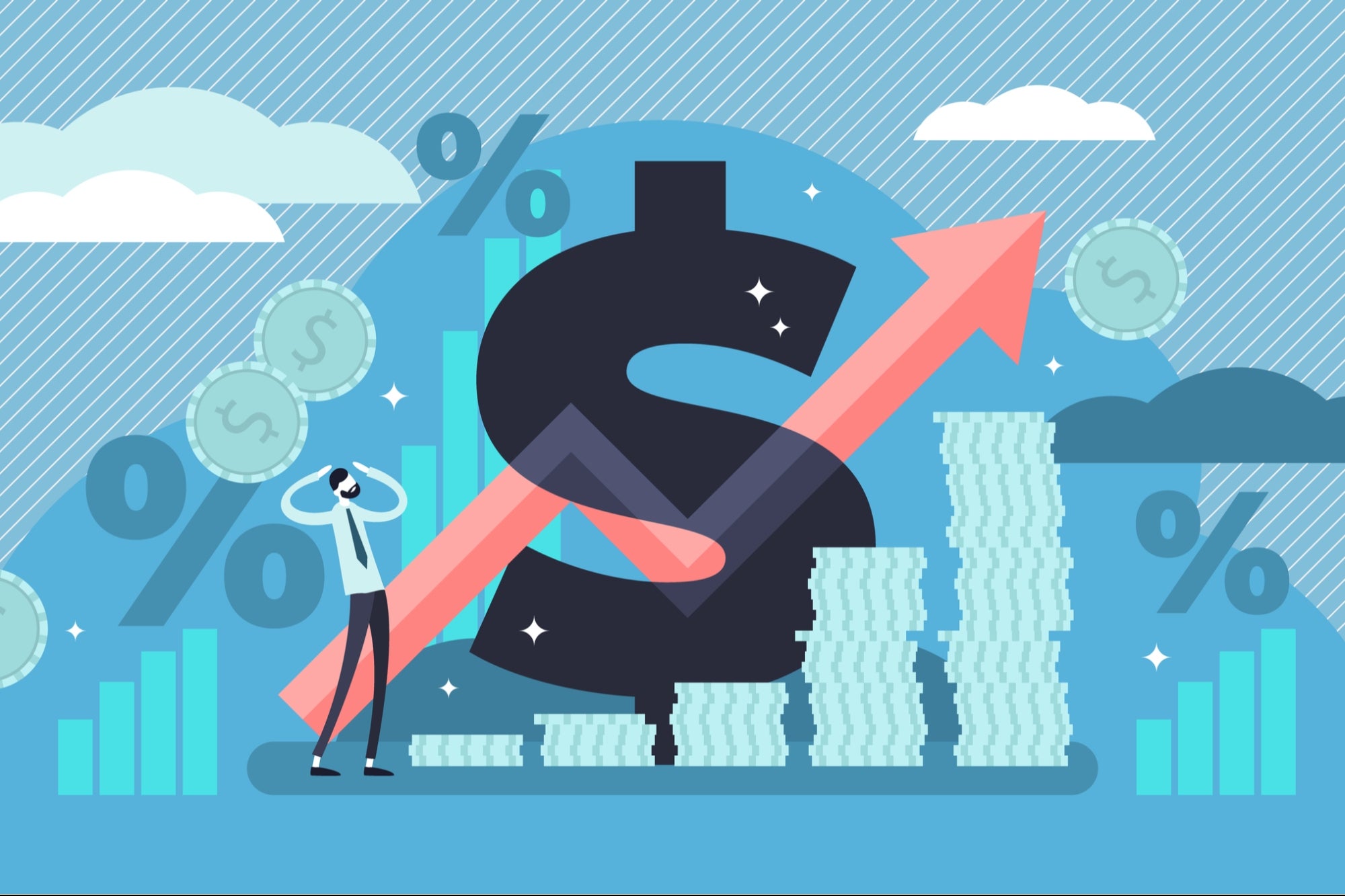Business Economists Expect Persistent Inflation: NABE Survey - 4 minutes read

A 48-member panel of business economists has sharply raised its expectations for inflation compared to its September forecast, with two-thirds predicting that wage increases will keep inflation higher over the next three years.
A survey released on Dec. 6 by the National Association for Business Economics (NABE) shows that its panel of forecasters expects consumer prices to rise by 6 percent in the final quarter of 2021 compared to the same quarter in 2020, marking a sharp upward revision to the 5.1 percent rate of inflation the panel predicted in September for the same period.
NABE Vice President Julie Coronado said 71 percent of the forecasters expect the Fed’s preferred inflation gauge, the so-called core personal consumption expenditures (PCE) price index, to remain above the central bank’s 2 percent target until at least the second half of 2023.
“NABE Outlook survey panelists have ramped up their expectations for inflation significantly since September,” Coronado said, with the survey showing that forecasters expect the core PCE inflation rate to hit 4.9 percent for 2021.
Core PCE running at an annual pace of 4.9 percent would be significantly higher than the median projection from the Federal Reserve, which stated in its most recent summary of economic projections (pdf) in September that it expects a reading of 3.7 percent for all of 2021. The Fed’s September prediction was itself sharply higher than its June forecast of 3.0 percent.
While the Fed expects core PCE to drop significantly to 2.3 percent in 2022 and to fall again to 2.2 percent in 2023, Federal Reserve Chair Jerome Powell acknowledged in recent congressional testimony that the factors pushing inflation higher would stick around “well into next year,” noting that it’s “time to retire” the word “transitory” from the central bank’s messaging around inflation.
Surging inflation, which in the 12 months through October hit a 31-year high of 6.2 percent and more than doubled its monthly pace to 0.9 percent compared to September, has put pressure on the Fed to tighten its loose monetary policy settings. Policymakers are mulling an accelerated timeline for phasing out the central bank’s massive bond-buying program, which has provided a tailwind to risk assets such as stocks. A faster taper schedule would make room for an earlier rate hike by the Fed.
While Powell said the Fed’s test for scaling back stimulus has been met on the inflation front, he noted that the labor market recovery has been lagging. The jobs recovery is a key touchstone for the Fed, with the central bank being reluctant to pull back on stimulus too quickly to ensure a long economic expansion for the labor market recovery to firm up.
While the U.S. economy remains around 2.4 million jobs below pre-pandemic levels, the unemployment rate has fallen to 4.2 percent, and the labor force participation rate has edged up.
While nearly 60 percent of the NABE panelists expect the job market to reach full employment by the end of 2022, views were split over whether the labor force participation rate, which inched up to 61.8 percent in November, would ever return to its pre-pandemic level of 63.3 percent, which was reached in February 2020.
Of the half of the panelists that expect a full rebound in the labor force participation rate, just 5 percent of them predicted that this would take place by the end of 2022, with about 25 percent expecting a protracted recovery in the measure through 2024 or even later.
The NABE panel’s views on the persistence of upward price pressures dovetail with remarks made by a number of economists who have raised the alarm on the stickiness of the current bout of inflation.
Source: Theepochtimes.com
Powered by NewsAPI.org